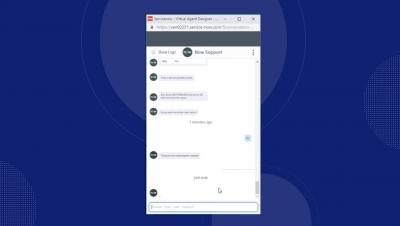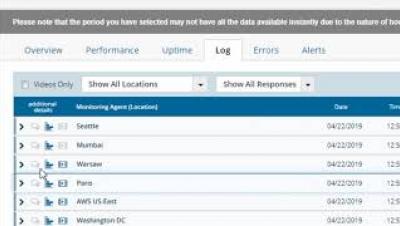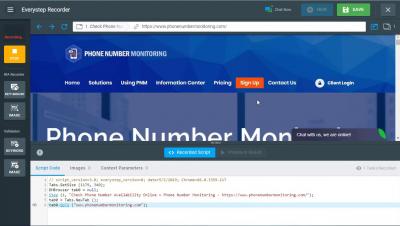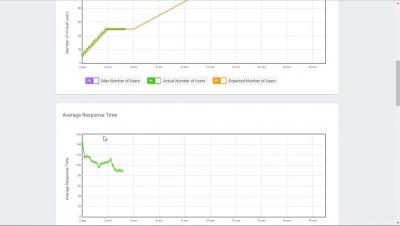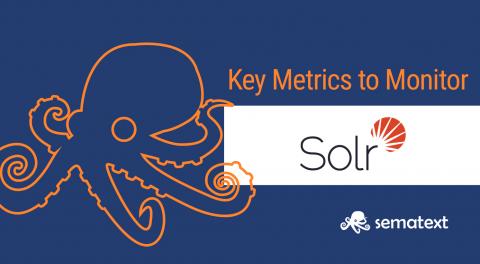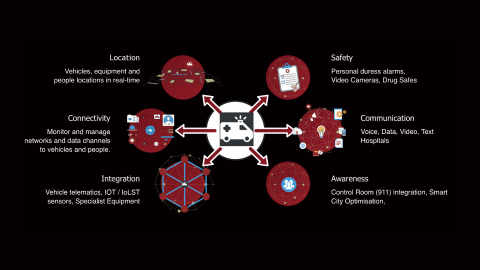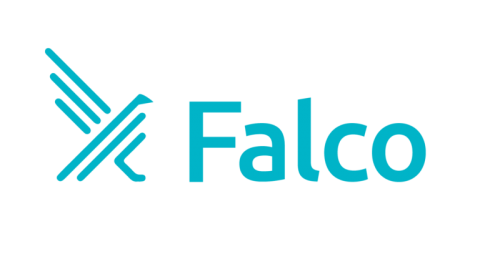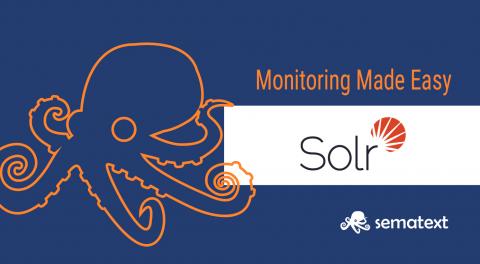Operations | Monitoring | ITSM | DevOps | Cloud
%term
Solr Key Metrics to Monitor
As the first part of the three-part series on monitoring Apache Solr, this article explores which Solr metrics are important to monitor and why. The second part of the series covers Solr open source monitoring tools and identify the tools and techniques you need to help you monitor and administer Solr and SolrCloud in production.
Using Grafana to Monitor EMS Ambulance Service Operations
The Emergency Services team at Trapeze Group provides 24/7/365 support for ambulances in Australia. Each fleet can contain as many as 1,000 vehicles, with more than 60 telemetry channels and 120 million messages going in and out to paramedics every day.
AlertOps
A Closer Look at Falco CVE-2019-8339
Recently, a member of the Falco community privately disclosed a capacity related vulnerability which, under circumstances where a malicious actor has already gained access to your system, could allow the actor to further bypass Falco’s detection of abnormal activity. The final details are still being worked out, but we believe the CVE will be classified as Medium severity according to the CVSS methodology.
Falco 0.15.0 Released
We are happy to announce the release of Falco 0.15.0. This release incorporates a number of improvements, as well as bug fixes, and rules updates. This release also includes a mitigation for CVE-2019-8339, and all users are encouraged to update to this release. You can find more details about the features and improvements in the release notes, but below are a few highlights.
Solr Monitoring Made Easy with Sematext
As shown in Part 1 Solr Key Metrics to Monitor, the setup, tuning, and operations of Solr require deep insights into the performance metrics such as request rate and latency, JVM memory utilization, garbage collector work time and count and many more. Sematext provides an excellent alternative to other Solr monitoring tools.


